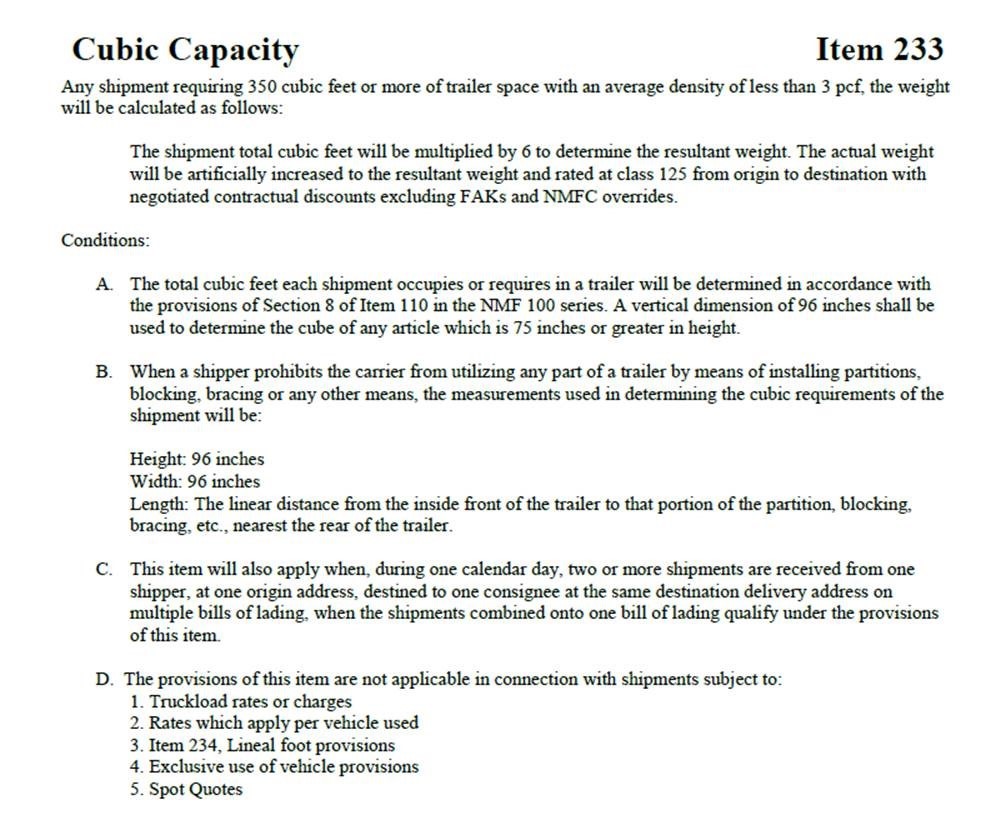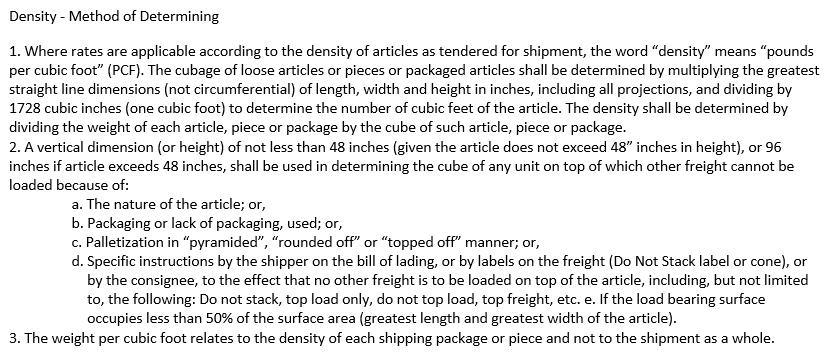Consultative selling has many advantages and can be a very effective sales technique. But this type of selling can have a negative impact on some salespeople. Some sales reps visit a customer two or three times, ask them every question they can think of except the most important question of all – asking the customer to buy their service.
If on the second call you don’t ask for the shipper’s
business, it then becomes a social visit and not a sales call. You can and
should qualify the customer and re-visit their needs on a regular basis. If
they’re qualified to buy and you don’t offer your help, then you’re doing them
a disservice. On the other hand, if you keep calling on a customer who’s not
qualified, you’re stealing time and money from yourself. Be sure after you’ve
made a consultative sales call that you follow up by asking for their business.
Treat all your sales work as a consulting assignment.
Consultative selling turns salespeople into experts and clients into partners.
When you first meet the prospect take your “sell” sign down for the majority,
if not all, of your first call.
The best salespeople are professional problem solvers. We’re
in the business of solving transportation problems. But you have to know and
understand the problem first before you try to solve it. You have to be willing
to walk in the door without any preconceived notions as to how best to solve
the problems identified.
Since you sell to other companies, you should consider
yourself in the business of solving profitability problems. That’s the key
concern you’ll ultimately be addressing – how to increase profitability.
Everything you do should eventually lead to the goal of the clients’ company
increasing its level of profitability. If you can’t break your sales efforts
into solutions that help the customer, you’ll either base your sales on
manipulating others or fail to persuade prospects that you’re offering anything
of value.
On every sales call, be the student, because you really are.
In real estate, they say it’s all in the location. In transportation sales it’s
questions, questions, and more questions. You’ll be surprised and sometimes
shocked at what a customer will tell you.
Not only is the consultative sales approach effective in
finding the correct sales solutions, it’s also very helpful in eliminating
people who are not potential customers, thus saving you time in the long run.
Even though it’s okay to call an initial visit with a
customer a qualifying call, don’t only make the call to qualify. Make the call
primarily to learn.
Sales listening is patient listening. Don’t anxiously wait
for an opportunity to jump in and solve all the customer’s problems right away.
After I ask a question I shut up and allow my prospect to speak. Sometimes I
wait for several minutes. I don’t feel threatened by the silence. Most
salespeople can’t stand a pause in the conversation. Take a deep breath, relax,
and listen. Some prospects want to be listened to more than they want their
problems solved. If a client or prospective client has had a bad day, let them
talk about it. Don’t try to stop them.
“Pretend that everyone you meet has a sign around their neck that says MAKE ME FEEL IMPORTANT. Not only will you succeed in sales, you will succeed in life.” – Mary Kay Ash
Transportation salespeople who have been in our industry for
a long time should re-visit how they qualify and maintain accounts. It’s easy
to start believing that you possess all the answers. Too often we make
assumptions based on outdated information. Visit accounts often and ask
questions. You never know what changes might have taken place since your last
call until you ask.
Take notes! Taking notes during your meeting with the
prospect can be one of your most powerful sales tools. It will reinforce the
reason you made the appointment in the first place: to learn more about the
prospect and his company’s transportation needs.
Taking notes helps you listen. There’s something about
holding an empty notepad in front of you that makes you pay better attention to
what is being said. It also makes it more difficult to miss important points.
Taking notes puts you in a position of authority. You can
also glance at notes and questions you prepared prior to making the sales call.
Taking notes will also encourage the prospect to open up. Taking notes sends
strong positive signals to the prospect. It says, “I’m listening to you. I
won’t forget. I’ll use the information you’re giving me to find solutions when
I get back to my office.”
It’s a fine line between asking questions that will help the
prospect solve their transportation problems, and a cross-examination. Be sure
your prospect feels at ease. Be natural. The consultative sale should be a
comfortable two-way conversation.
Never waste the prospect’s time. That may seem like an
obvious point, but many of your competitors never know when to get to business,
or for that matter, even when the appointment is over. There will come a point
when the customer will be ready to move past the small talk, and usually it’s
quicker than you might think. Your contact, like most of us these days, is
short on time. Most traffic managers, purchasing managers, and other
decision-makers you call on appreciate you getting to the point. You can
tactfully do this without jeopardizing the emerging relationship.
First, give the prospect a reason he or she should answer
your questions. Second, make sure everyone involved in the decision-making
process is present if at all possible.
Know the questions you’re going to ask before you arrive at
the customer’s desk. The list below is provided to stimulate ideas that will
help you customize your own list. The information you collect from the
customer’s answers will increase your chances of putting together a great proposal
after you’ve made the consultative sales call.
Last, but not least, be sure to wrap up the appointment by
asking for the next appointment, and by getting a positive response on a trial
close. It should sound like this:
Salesperson: “Mr. Smith, I’ve learned a lot here today, and
I want to thank you for taking the time to talk to me. We’re at the point now
where we should set up another appointment, one where I can come back after
having sorted through everything I’ve learned here, and show you more about
what Sunteck may be able to do for your company. Is Thursday at 2PM okay?”
Prospect: “Sure, next Thursday at 2PM will be just fine.”
Salesperson: “Great! One last question ( pause ) if you like
the program I develop for you, would you be willing to give us a try?”
OR
Salesperson: “I really appreciate you taking the time to
answer these questions. Based on what I just learned, I’m confident there’s a
fit between our companies and that we can definitely help you solve some of
your shipping problems. I’m going to make a commitment to you to develop a
customized proposal, which will include my recommendations to you and your
company. What I’d like in return from you is a commitment to give us a shot. Let
us prove how good we are. I’m confident you’ll be very happy! Can I get that
kind of commitment from you?
“Great! I’ll need about a week to get with my team back at
the office and develop a package just for you. Is this time next week good for
you?”
Both of these approaches let the prospect know that when you
come back for your second appointment, your sale sign will go up. It prepares
them to say “yes” when you come back later and ask them to buy.


